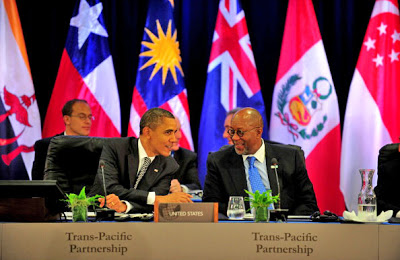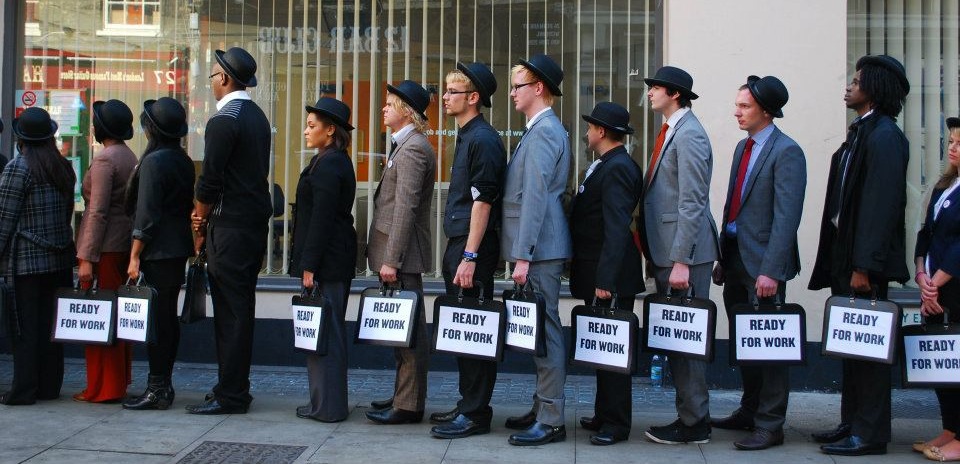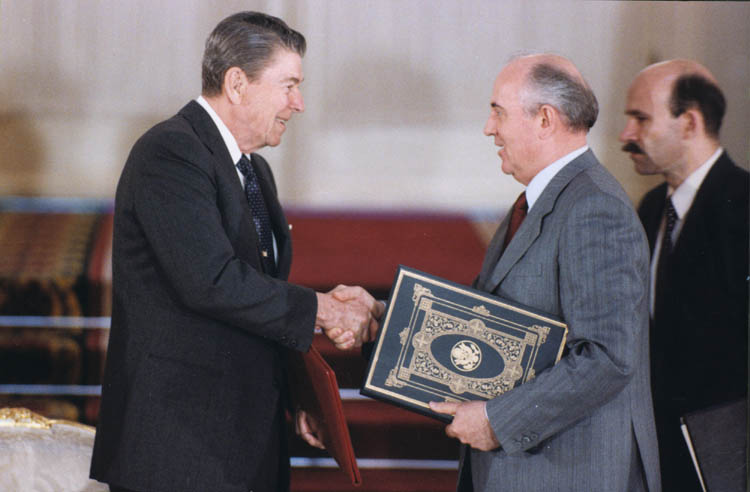With all of the talk around the Comprehensive Economic and Trade Agreement (CETA) between Canada and the European Union, increasing notice has also begun to focus on the Trans-Pacific Partnership currently being negotiated.
The Trans-Pacific Partnership (TPP) is a proposed trade-agreement between a number of countries in the Pacific Rim including the United States, Canada, Australia, Chile, New Zealand, Malaysia, Singapore, and others. It builds on the previous Trans-Pacific Strategic Economic Partnership agreement between New Zealand, Singapore, Brunei, and Chile signed in 2006.
Expansive in intent and transformative in operation, the TPP is one of the largest free-trade agreements currently under discussion, but with provisions towards further economic liberalization in all member countries, it is also much, much more. Though only two NATO members would be party to it, the TPP could have very powerful impacts on all NATO member states if it succeeds. NATO needs to watch the developments of these negotiations carefully. Pacific-oriented economic integration does not necessarily harm trans-Atlantic relationships, but the United States and Canada should balance their responsibilities carefully.
European members, given many of their shared experiences with the EU, should also be ready to lend a helping hand and the voice of experience. Whatever the final agreement looks like, it should fully embrace a language of rights, social and ecological responsibility, and peaceful economic integration between the states of the Pacific Rim. The agreement has a long way to come if it intends to fully achieve all of this.
[captionpix align=”right” theme=”elegant” width=”450″ imgsrc=”http://natoassociation.ca/wp-content/uploads/2013/10/countires.jpg” captiontext=””]
With or without a fully socially responsible structure, the Trans-Pacific Partnership will likely have wide-reaching impacts for all of the economies of the Pacific-rim. With such a large number of large states participating, from service-based economies like Singapore to resource powerhouses like Canada and Australia, the money involved will be substantial. As the United States Congressional Research Service noted, the participation of the United States in the agreement is meant to signify more robust American strategic engagement with East Asian states. To some American analysts, the TPP is the vehicle through which the United States would hope to achieve a full Free-Trade Area of the Asia Pacific (FTAAP).
In the broadest terms, the TPP represents the further ‘pivoting’ of the Americas towards the Pacific. European NATO members should take heed of this. This could mean a greater push for internal integration within the European Union, or an attempt to counter-balance this Pacific-shift of North American attention, either by integrating further with North Americans where possible, or by seeking its own partnerships with Asians. In a more esoteric, yet nevertheless meaningful sense, the TPP represents the continued belief of many in the neoliberal economic model, where privatization and protection of corporate interests remain a paramount concern of governments.
NATO’s ability as an institution to influence the TPP is very limited, but the power of its members, particularly on the European side of the Atlantic, is still worth noting. The European caucus of NATO has a role to play in TPP negotiations, both as a exemplar of previous attempts at economic integration vis-à-vis the European Union, as well as through their existing partnerships with states in the Western Hemisphere and Asia. The European Union has worked hard to ingrain a progressive language of rights, dignity, and respect into its institutions – and the difficulty of doing this should be instructive. The Trans-Pacific Partnership, such as it is, has endured multiple criticisms for its inaccessible negotiation process, its overemphasis on protection of corporate interests, and its potential to jeopardize minority communities in certain partner countries. EU members of NATO have had the same experiences while negotiating their union; they should share their experiences and their lessons with their friends working to create the TPP.
For their own part, Canada and the United States not only have to remember their existing partnerships with their European allies, but also the commitments they have to their citizens. Strengthening corporate dominance of intellectual property rights, as proposed in the TPP, is not a way to further spread ideas freely and build lasting connections between citizens, nor is gutting social programmes that help disadvantaged communities.
It is unlikely that the final agreement will please anyone fully, but governments of all participating countries owe it not only to their citizens, but to their allies as well, to see a respectful, forward-looking agreement created. Connections across the Pacific can and should be beneficial for all parties both domestic and international, but this is not a necessary outcome of the current negotiations; NATO should be a forum for reminding Canada and the United States of this.




